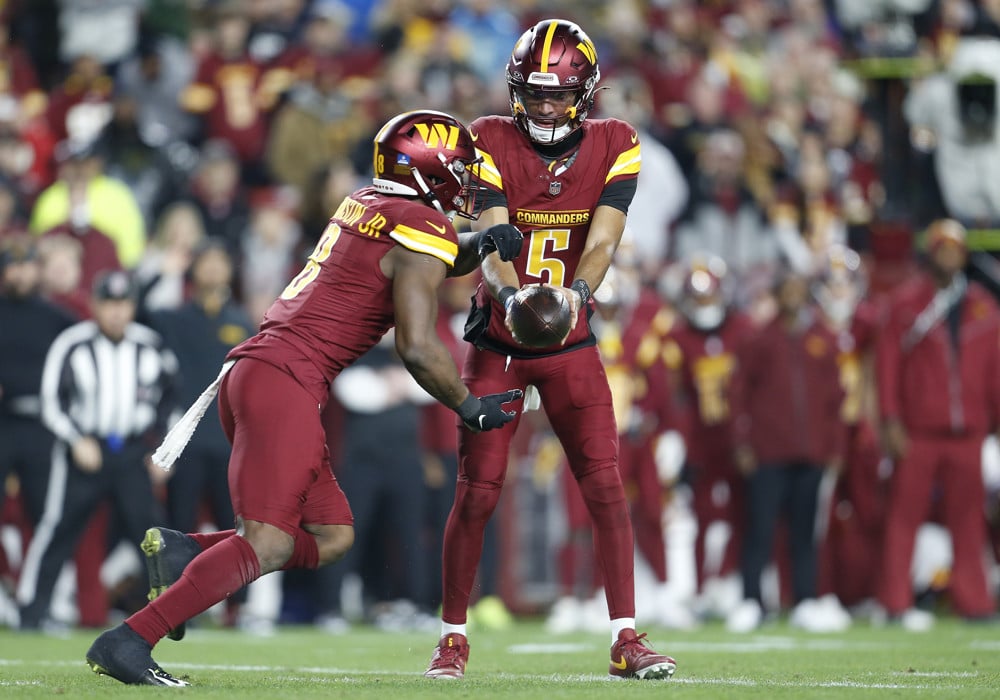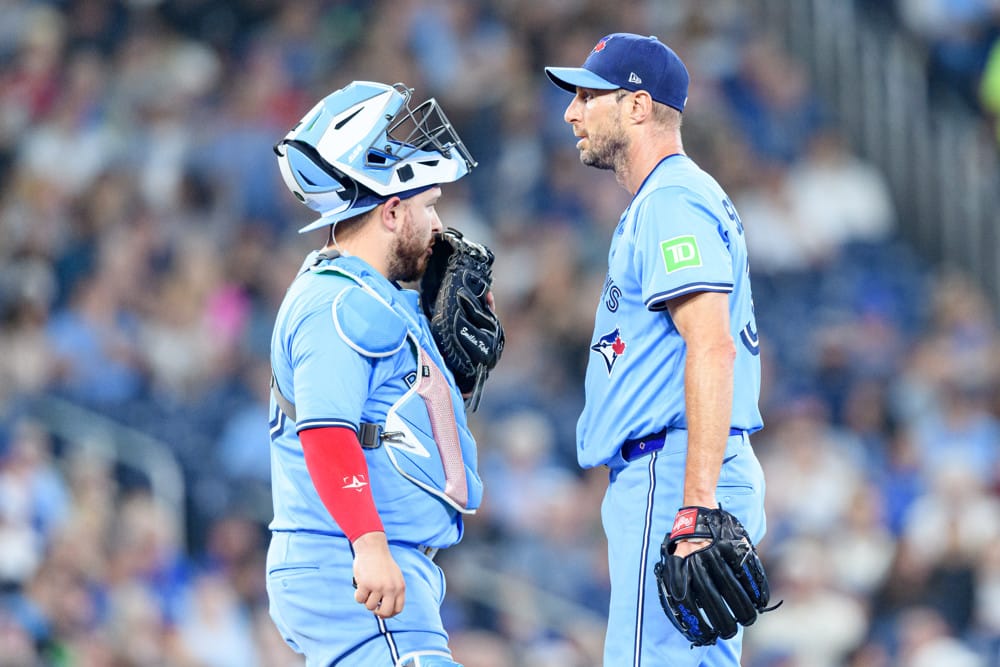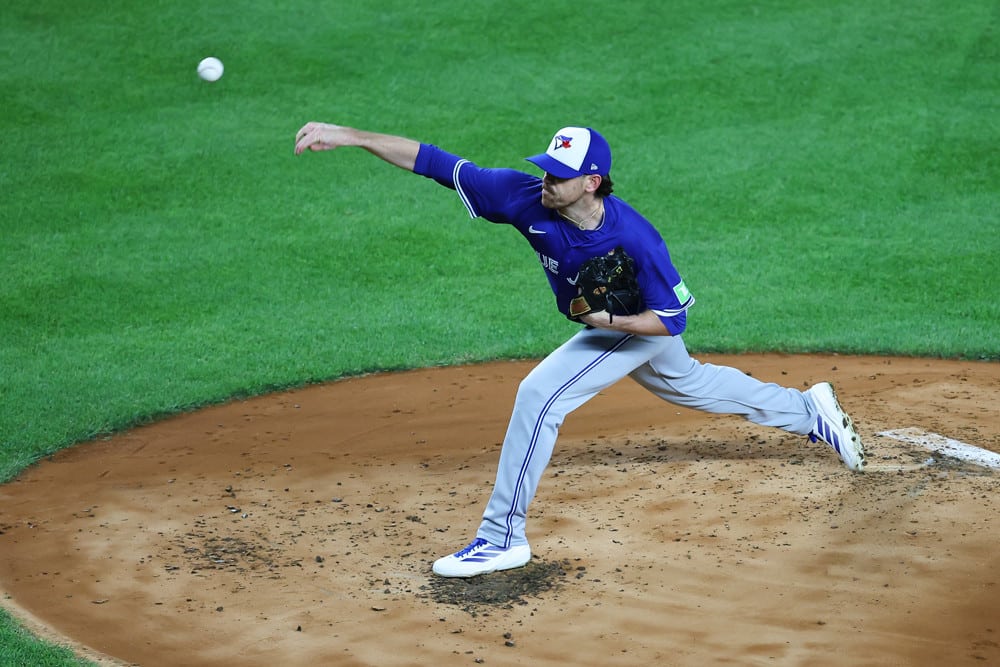
The Washington Commanders are approaching the upcoming NFL season with more questions than answers, particularly on the defensive side of the ball. After fielding an inconsistent unit in 2024, the franchise is reportedly experimenting with structural changes to its scheme, potentially pivoting from a traditional 4-3 alignment to a 3-4 base. Daron Payne, one of the team’s most disruptive interior linemen, is at the heart of this transition.
Centering the Commanders’ New Defensive Framework
Daron Payne has long been among the Commanders’ foundation defenders. A Pro Bowl lineman with strength and speed, Payne’s knack for holding attention at the scrimmage line makes him a natural anchor of any redefined defensive configuration.
In a 3-4 alignment, the nose tackle becomes critical, absorbing blockers and freeing up linebackers. Payne’s versatility and motor allow him to play that role while threatening as a pass-rusher. The coaching staff is reportedly confident that Payne’s skill set makes him uniquely suited to be the foundation of the defensive line, no matter the scheme. Major strengths Payne brings to the new role:
- Elite interior power
- Speed off the snap
- Consistency throughout every down
- Skill to draw double teams
- Good leadership skills
Of course, there are questions regarding whether the remainder of the front seven can adjust seamlessly. However, Payne’s toughness and experienced leadership provide the stability that a shifting defense requires.
Why the Scheme Shift Makes Tactical Sense
Switching from a 4-3 to a 3-4 base isn’t merely cosmetic—it can alter every level of a defense. The 3-4 formation emphasizes hybrid linebackers and versatile linemen, often allowing more flexibility in coverage and blitz packages. This could benefit a team still searching for its identity after back-to-back seasons of underperformance.
In 2024, the Commanders struggled to pressure opposing quarterbacks or contain mobile offenses consistently. A more fluid defensive alignment might better equip them to handle modern offensive schemes. Dan Quinn’s defensive philosophy leans toward adaptability and incorporating elements of the 4-3 and 3-4 could yield situational advantages. Potential benefits of a 3-4 defense:
- Increased flexibility in blitz packages
- Easier adaptation to the mobile quarterback
- Increased use of hybrid defenders
- Additional camouflage in pre-snap looks
- Increased coverage diversity
- Improved edge pressure in passing downs
Moreover, some of the team’s current personnel—especially linebackers and safety—may be better suited for a flexible system rather than rigid positional definitions. Embracing a mixed front could unlock potential from previously underutilized players.
How a 3-4 Front Impacts Linebackers and Edge Pressure
One key to the 3-4 system is the outside linebackers, sometimes required to be hybrid edge rushers. Without the presence of veterans and several of Washington’s young defenders rising to the challenge, Washington’s ability to create pressure from the second level remains to be tested.
Former star Ryan Kerrigan has been working with the roster’s young edge pass rushers in a developmental capacity. His experience manning the 4-3 and 3-4 schemes provides a deep reservoir of knowledge as players get accustomed to increased responsibilities. Kerrigan has already been present, helping up-and-coming edge players polish their technique and understand gap integrity. Ryan Kerrigan’s impact on defensive growth:
- Minds of young pass-rushers
- Offers experience of major schemes of both
- Moves refine the edge technique
- Accommodates comprehension of gap assignments
- Increases transition confidence
As the defense recalibrates, much will depend on how quickly these edge defenders can transition to the dual roles required in a 3-4, especially with Payne and his linemates setting the tone up front.
Washington’s Defensive Makeover Sparks Betting Buzz
With the Commanders reshaping their defense, both fans and bettors are beginning to notice. While Washington’s preseason win totals remain modest, the revamped defensive unit has the potential to surprise analysts. Offseason moves also prompt betting enthusiasts to compare top sportsbook bonuses as they search for value bets tied to breakout teams like Washington.
Experienced bettors seem interested in defensive resurgence, specifically with seasoned players like Daron Payne at the line. While stories of teams’ evolution will continue to mold the betting scenario, the tactfully reformed defense may surreptitiously modify expectations — and winning payment results.
Payne’s Fit at Nose Tackle in the 3-4
One of the main challenges of shifting defensive schemes lies in realigning the line of scrimmage. Traditional 3-4 defenses rely heavily on a dominant nose tackle to command the center of the field. In that context, Daron Payne’s combination of size, technique and explosiveness positions him well.
He will be called upon to deal with double teams, seal up interior running lanes and at times, drop back in zone pressures—tasks he has already accomplished successfully in the 4-3. Nonetheless, the schematic adjustment brings more responsibilities and alterations in alignment, potentially influencing his output statistically but adding to it in intangible ways.
If Payne succeeds in this role, it would open up cascading possibilities for his teammates. Linebackers would get cleaner avenues to attack and ends and safeties would be able to freelance more in a structured, supporting front.
Can the 3-4 Unlock Defensive Consistency in Washington
Consistency has not come easily for Washington’s defense. After they were leaders in the league in 2020, the unit hasn’t regained its stride in the subsequent years. Injuries, shifting coaches and personnel turnover have contributed to inconsistency.
A cohesive unit that exploits players’ talents, most of all Payne’s, might provide the key to viability. Coaches believe that through improved communication and more fluid defense systems, the unit can more readily compensate for situational needs during the game and negate the collapse they experienced in 2024.
Long-Term Strategy or Temporary Experiment?
While Dan Quinn now commands the defensive room, the shadow of Ron Rivera’s tenure still lingers. Under Rivera and defensive coordinator Jack Del Rio, the Commanders showed flashes of potential, but inconsistency plagued the unit. This shift to a hybrid front may be seen as a correction and an evolution. Rather than tearing everything down, the team appears to be building on its core strengths—Payne chief among them—while allowing room for adaptive growth. It’s unclear whether this transition is a long-term strategy or an interim measure to mask roster imbalances. Headlines to watch out for this season:
- Payne’s performance at nose tackle
- Rise of hybrid linebackers
- Communication across the secondary
- Effectiveness of blitz packages
- Role of Ryan Kerrigan in development
- Response to offensive alterations
- Injury depth and management
With various young defenders vying for the opportunity to start and seasoned leadership such as Payne in the fold, the 2025 season might serve as a testing ground for the Commanders’ future defensive identity. Bring it on!





















